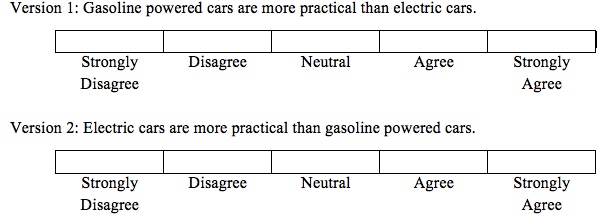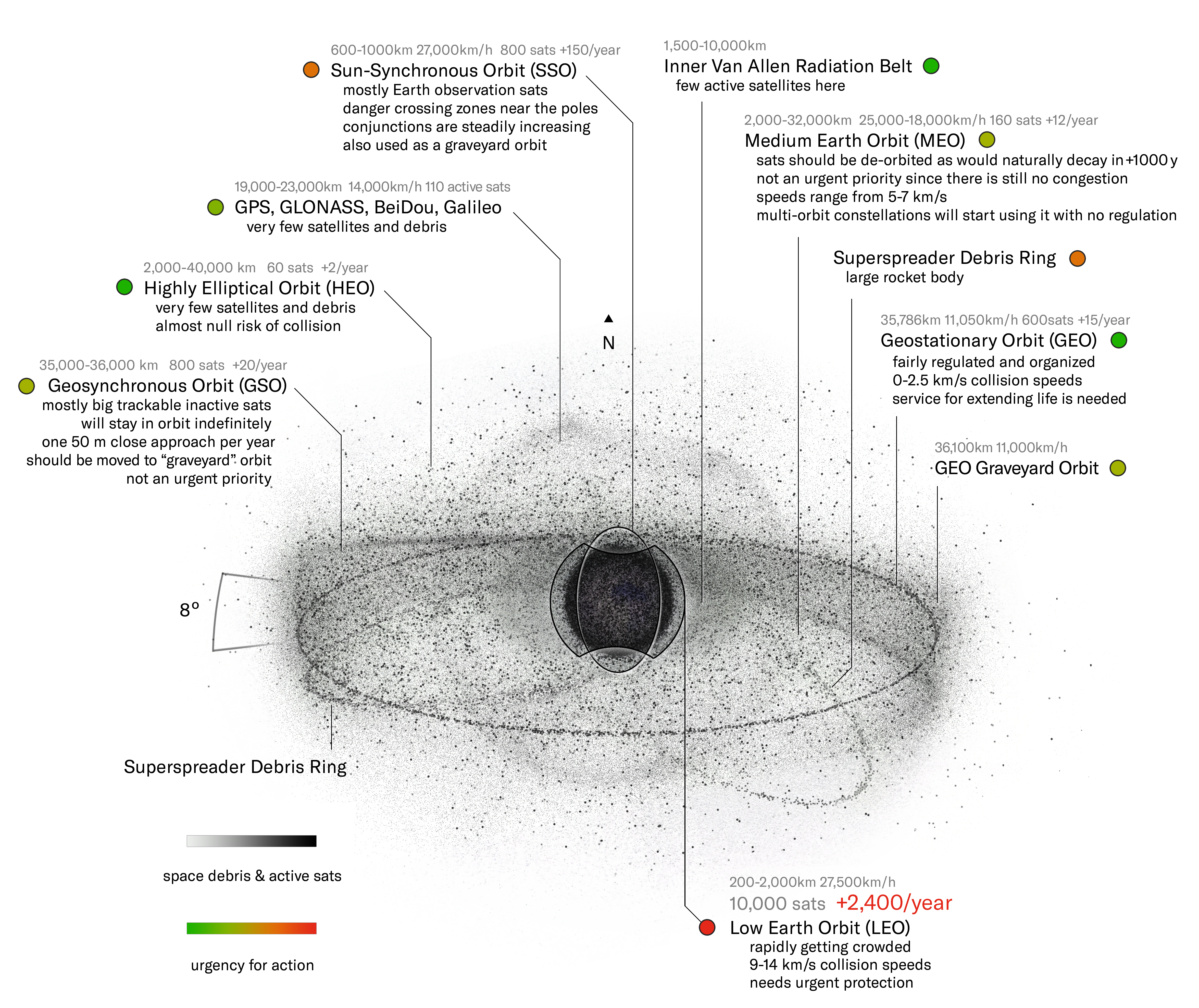Generation of an Interval Metric Scale to Measure Attitude

Generation of an Interval Metric Scale to Measure Attitude
This article discusses issues of scales in measuring attitude, demonstrates how a metric scale can be generated based on three main features, and presents results from a repeated measurement survey to verify the generated scale. The design of the generated metric scale is introduced and named Ruler and Option (RO). The population for repeated measurement survey was 1,870 bachelor students from a public university. Two sets of questionnaire (identical items), one with 7-point Likert scale and another with RO scale, were distributed to a sample of 595 bachelor students chosen using stratified random sampling method. Data were analyzed descriptively using SPSS version 20 and structural equation modeling using AMOS version 21. Results showed that data from RO scale performed better than data from 7-point Likert scale in terms of number of items per construct, factor loadings, squared multiple correlations, higher ratio of degrees of freedom to number of parameters, and higher reliability coefficients. In terms of validity coefficients, measurement models from both data sets attained almost the same level of discriminant and construct validity. Further studies are recommended to elicit the strength and weakness of RO scale to identify the situations where it is most suitable.

Generation of an Interval Metric Scale to Measure Attitude

Measurement & Measurement Scales
Is There an Optimal Number of Alternatives for Likert Scale Items

Researcher's guide to 4 measurement scales: Nominal, ordinal

Concerning Trends in Likert Scale Usage in Human-robot Interaction

Space debris - Wikipedia

PDF] A comparison of scale attributes between interval-valued and

The Effect of Social Belonging on Persistence to General Chemistry

Semantic differential - Wikipedia

Levels of Measurement: Nominal, Ordinal, Interval and Ratio


